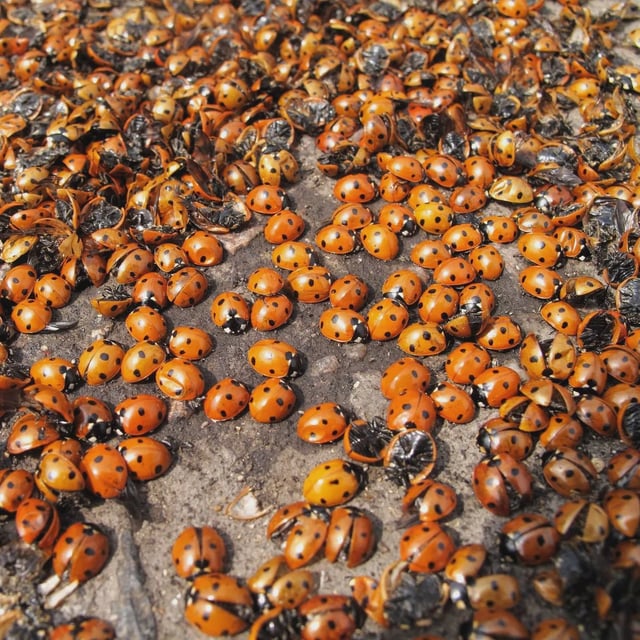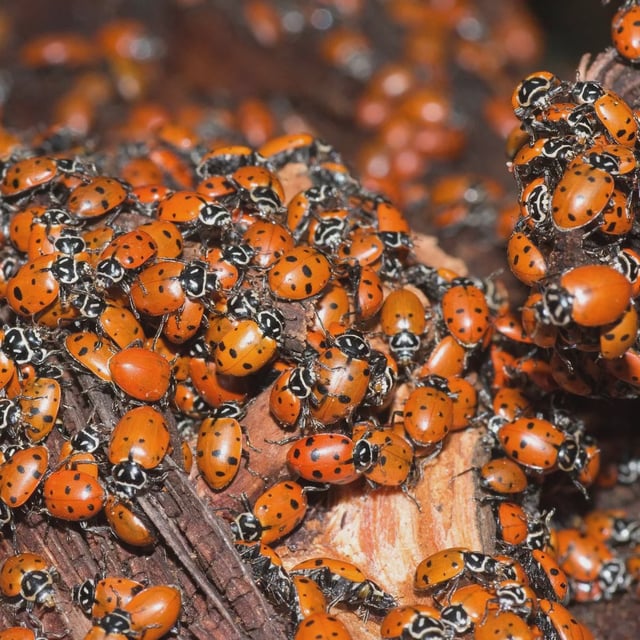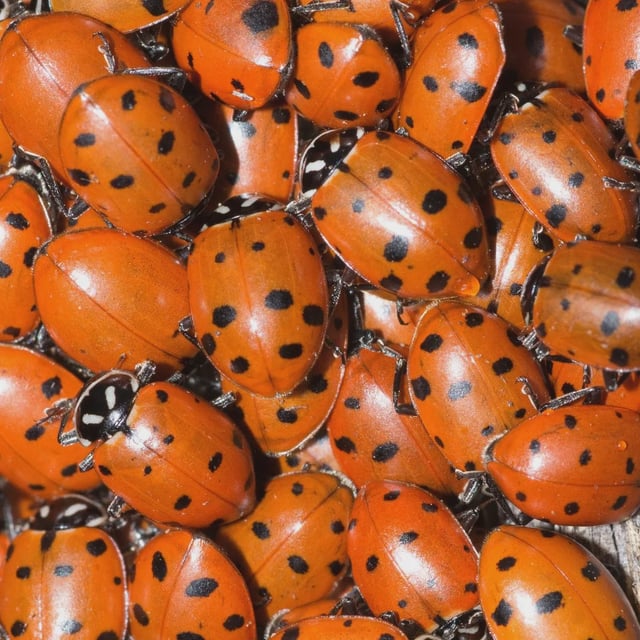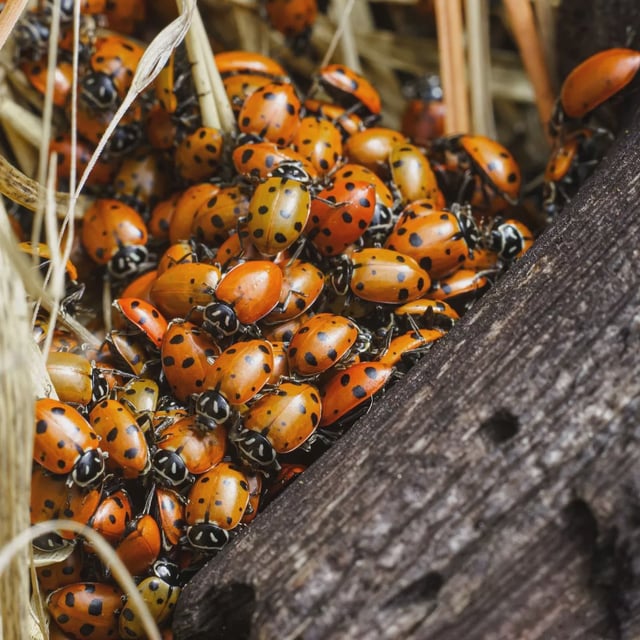Overview
- Reports since October 6 describe hundreds of ladybirds clustering on windows, walls and entering homes across multiple regions, with comparisons to past mass sightings.
- Scientists including Helen Roy and Max Barclay say the behaviour reflects the species’ normal autumn search for hibernation spots, now more visible because numbers are unusually high.
- Warm spring and summer conditions boosted aphid prey, creating a bumper breeding season documented by Garden Organic and recent records.
- Harlequin ladybirds are widespread and can pressure native species, though experts note they are harmless to people even when carrying visible fungal infections.
- Public advice urges non-lethal responses—gently collect and relocate, seal gaps, and use citrus or other scents—while drivers are told to stay calm and pull over safely if insects enter vehicles.



